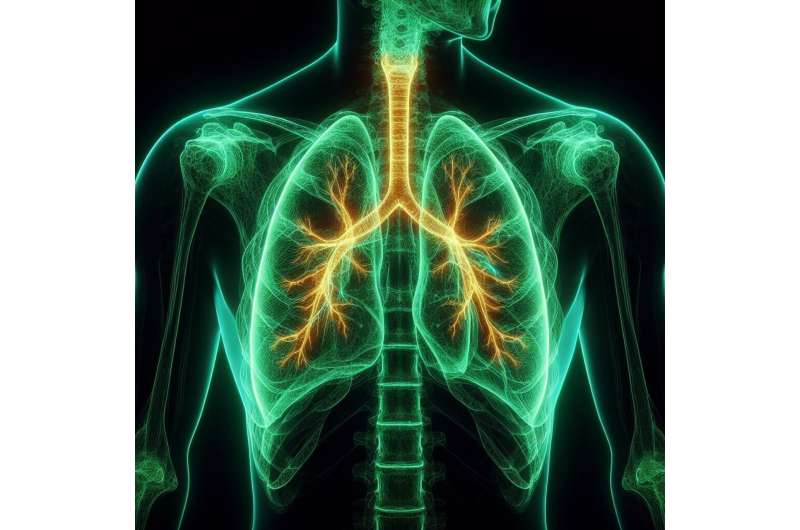Understanding How the Body Responds to Extreme Conditions to Detect Early Signs of Illness

A groundbreaking study maps how the human body communicates under stress, offering new possibilities for early illness detection through real-time physiological monitoring.
Recent research by the University of Portsmouth and University College London has created a detailed map of how the human body reacts to stressful conditions like low oxygen levels, sleep deprivation, and physical exertion. The study focused on how different organs and systems communicate during these stressors, which is crucial for early disease detection.
Using a novel approach called "transfer entropy," the researchers monitored physiological signals such as heart rate, respiratory rate, blood oxygen saturation, and exhaled oxygen and carbon dioxide concentrations in healthy volunteers. These signals were gathered through wearable sensors and analyzed to understand how systems transfer information under different stress conditions.
The study's findings, published in The Journal of Physiology, revealed that the body’s communication networks change depending on the type of stress. For example, during moderate exercise, the heart becomes the primary center of activity, receiving the most input from other systems. In hypoxic states, blood oxygen levels and breathing take a leading role, while sleep deprivation causes subtler changes that become more pronounced when combined with low oxygen.
This research indicates that early signs of stress or illness can be detected by mapping these internal information flows. Such insights could lead to improved monitoring systems for medical, athletic, and occupational purposes, identifying problems before symptoms become evident.
Expert insights from the study emphasize the importance of viewing the human body as an integrated network, rather than isolated systems. This whole-body perspective could revolutionize early diagnosis and management of health deterioration, especially in critical care environments or during physical activity in extreme settings.
While the study involved only healthy young volunteers, the innovative methodology opens new avenues for detecting subtle physiological changes that precede clinical symptoms. Future research aims to include a broader demographic to further develop these monitoring techniques for real-world applications.
Stay Updated with Mia's Feed
Get the latest health & wellness insights delivered straight to your inbox.
Related Articles
Artificial Intelligence Enhances Detection of High-Risk Colon Polyps
Artificial intelligence is revolutionizing colonoscopy by enabling even less experienced doctors to accurately identify dangerous colon polyps, improving early detection and prevention of colorectal cancer.
The Impact of Hospital and Insurer Disputes on Patient Care
Recent disputes between hospitals and insurers are leading to delays and confusion for patients seeking vital care. Rising costs and hospital mergers are fueling more disagreements, putting patient access at risk. Learn how you can navigate these challenges.



